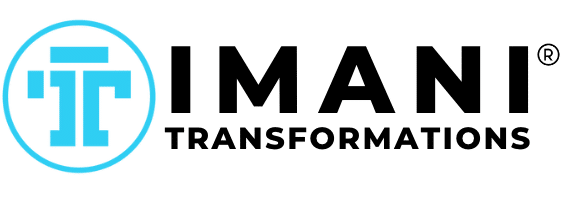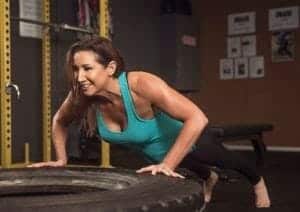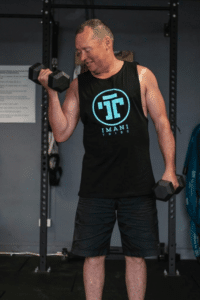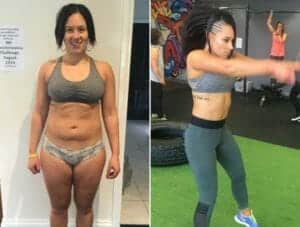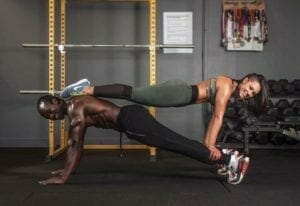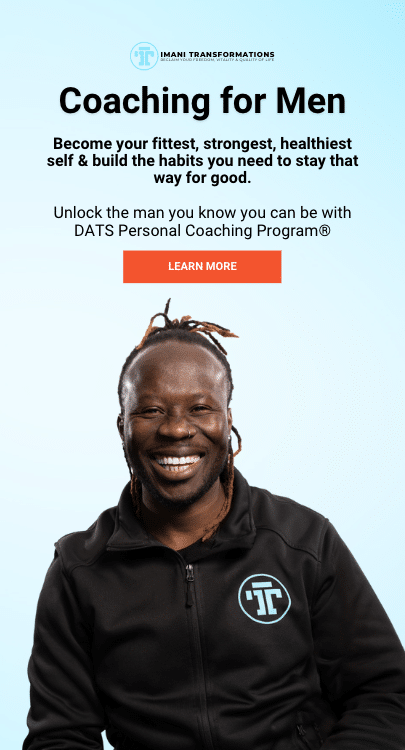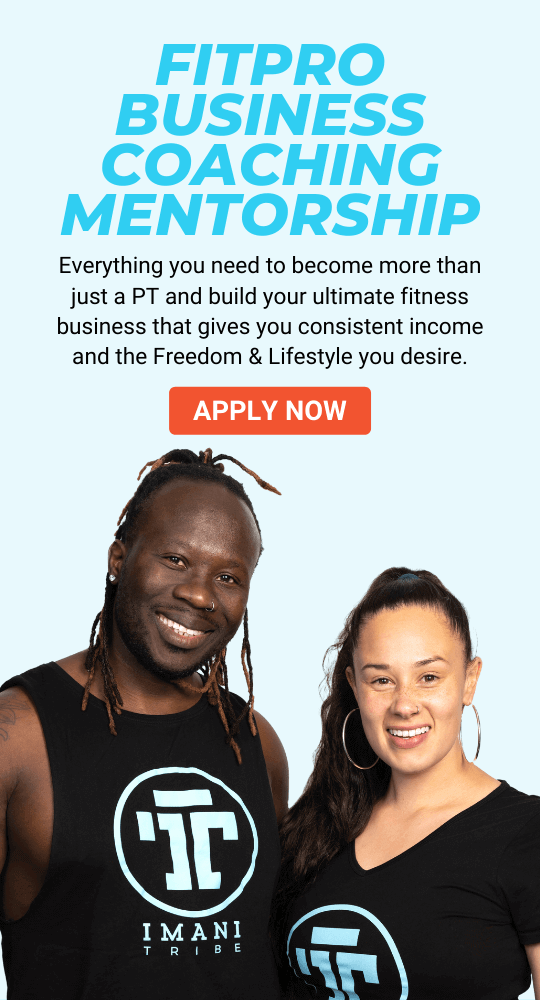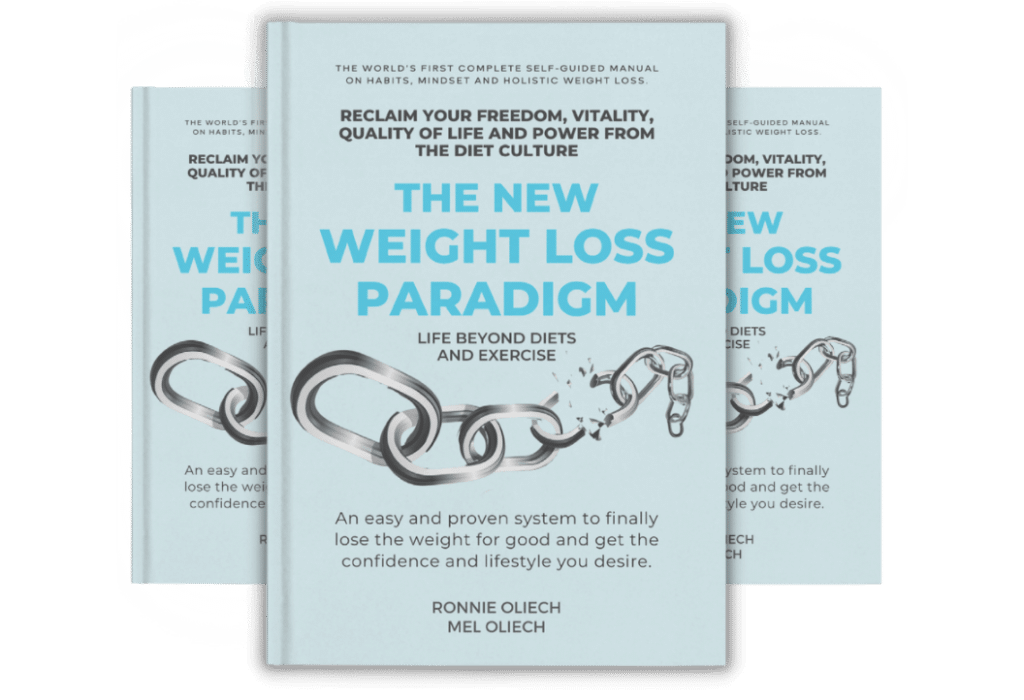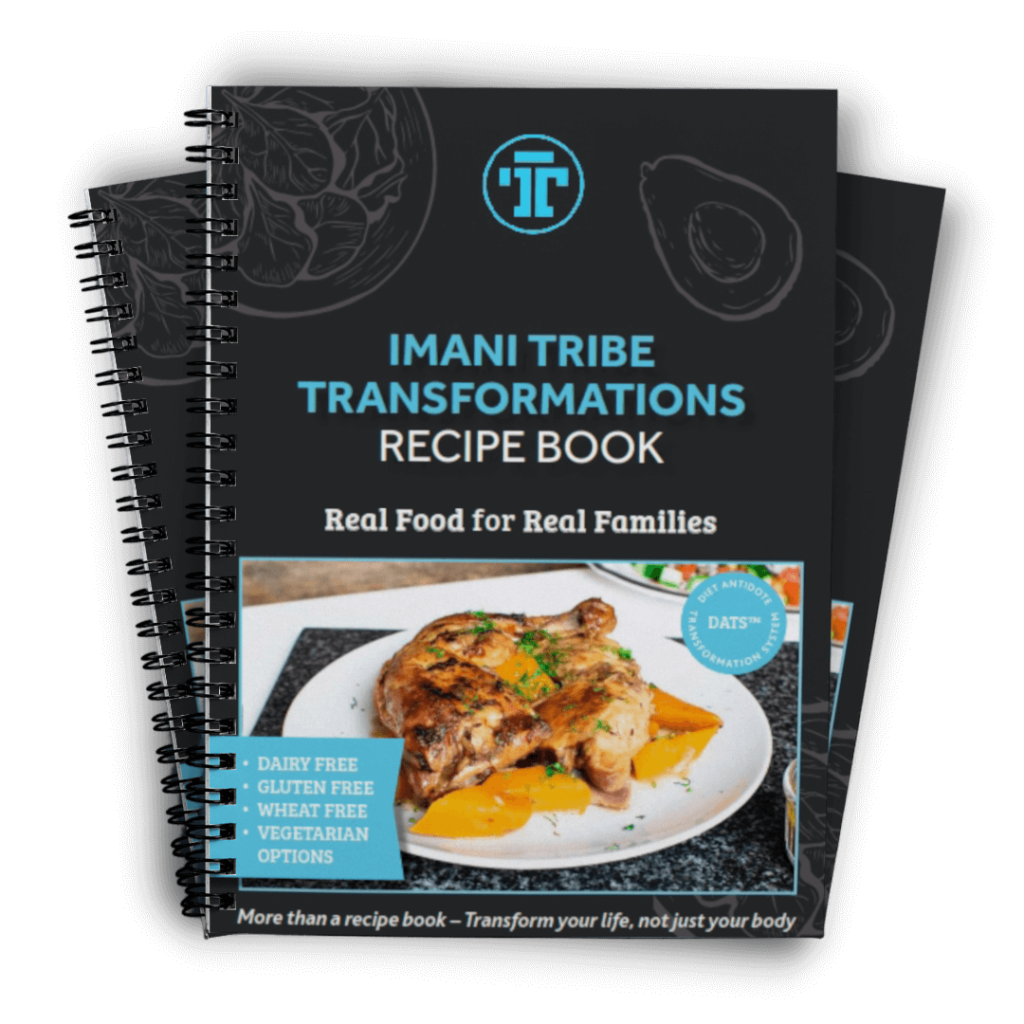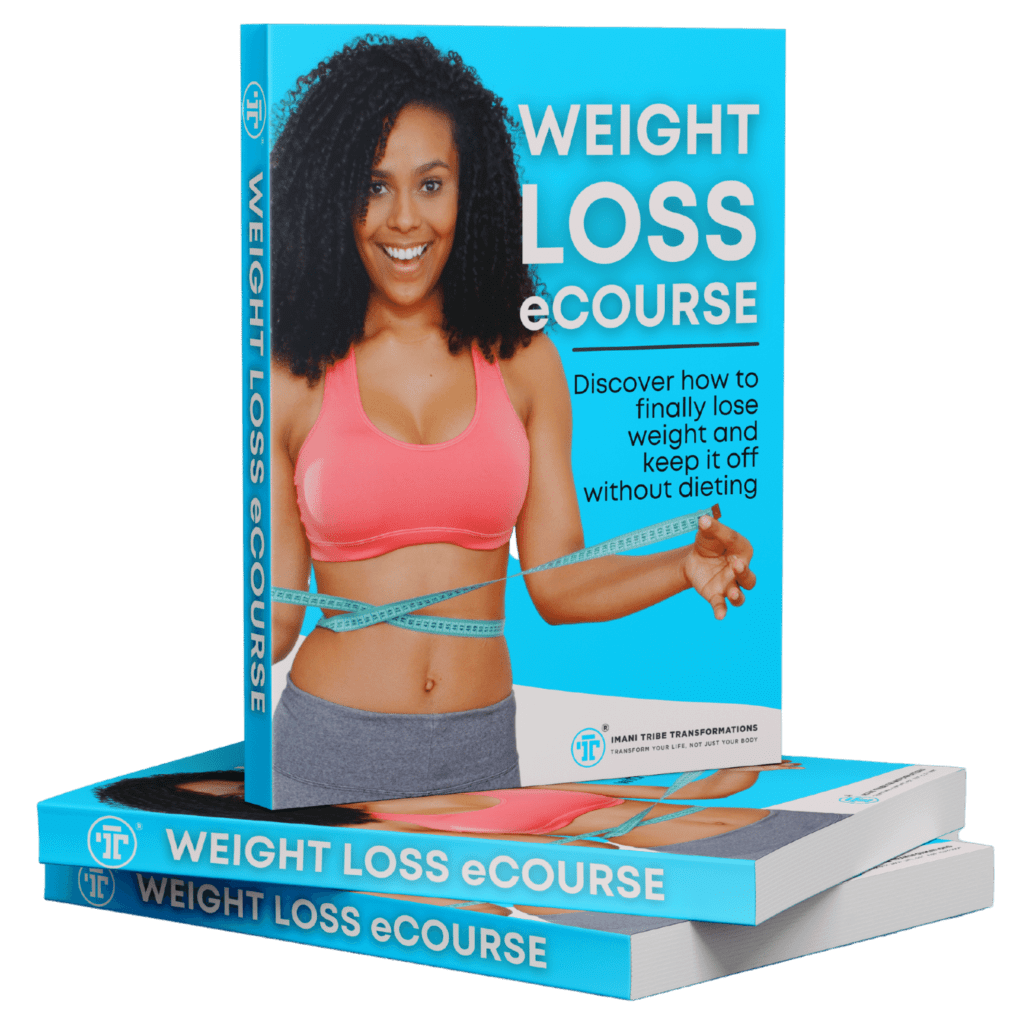When we’re trying to lose weight one of the first things we do, is control our portion sizes. Some people do this by cutting out complete food groups (e.g. take carbs off the menu), while others may become very particular by weighing and measuring everything before they put it in their mouth.
Of course, portion sizes are a factor when it comes to weight loss, especially as too much of some foods can mean a calorie intake that leads to weight gain, rather than weight loss. But cutting out food groups, being obsessed with counting calories, or measuring and weighing food is not the best approach.
What happens when you restrict food or count calories
Cutting food groups puts your body at risk of nutritional deficiencies, which can compromise your immune system, and prevent your body from functioning properly, therefore making it harder for you to lose weight. It also sets you up for emotional and binge eating, which will cause you to sabotage your weight loss efforts. To fully understand why food restriction backfires, read our blog Why food restriction, food rules and diets are making you overweight.
The other problem about weighing, measuring and counting calories is that this only perpetuates dieting behaviours like perfectionism and the diet mindset, which keep you trapped in the dieting cycle, and prevents you from losing weight. To fully understand how diets impact you, be sure you read How diets steal your health and happiness.
However, there is a better way to control your portions without the stress and without the need to carry scales and a set of measuring cups around with you, where ever you go, or even opening a calorie-counting app.
However, before we show you how to eyeball your portion sizes, let’s take a look at what kinds of foods you should be eating for healthy, sustainable weight loss that will improve the way you look, feel and function.
Foods for healthy weight loss
We have already written a blog that outlines foods that help you lose weight, so we’re not going to rehash that here. To find out what they are and why they help, read The 14 best foods to lose weight.
But for the purposes of illustrating how to measure portion sizes without calorie counting, it’s important that we understand the basic foods that help with weight loss. These are:
- Proteins
- Vegetables
- Carbohydrates
- Healthy fats.
A better way to gauge your portion sizes
One thing that many diet plans have in common is that they require you to measure or weigh your food, or even do complicated maths trying to calculate the caloric intake of certain foods. Even those apps that calculate the number of calories in your meal require you to know how much you’re eating (e.g. you need to weigh and measure). This just makes weight loss more complicated and stressful than it needs to be.
A much simpler way to gauge portion sizes that doesn’t involve time-wasting measuring and counting is to use your hand. Studies have shown that using the hand model as a guide to portion sizes can be useful.(1)
Here’s how it works.
Your fist
A closed fist = approximately 1 cup
The front of your closed fist = approximately ½ cup
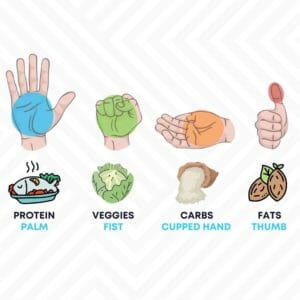
Your palm
Your palm = 1 serving size of protein
Your thumb
From the tip of your thumb to the base of your thumb = about 1 tablespoon
Your fingertip
Your fingertip = 1 teaspoon
How big should my portion size be?
Obviously how much you need to eat depends on a number of factors, including your sex, height, weight and your body transformation goals. So, the information below is a general guide only.
Protein
Protein keeps you full for longer, helps you build muscle (which helps you lose weight), and will help you recover effectively from your training. Good sources of protein include lean meat and poultry, and fish and seafood, eggs and legumes.
Men should aim for 2 palms of protein, while women should aim for 1-2 (depending upon their goals).
Vegetables
Vegetables are your best friend when it comes to weight loss. Not only are they low in calories, they help keep you full and provide you with energy (yes, they are a source of carbohydrate), and essential vitamins and minerals. When it comes to veggies, the more colour the better. Unfortunately, most Australians fail to eat the recommended 5 serves of vegetables each day.
It’s very difficult to eat too many vegetables so aim for 2 fistfuls at most meals.
Carbohydrates
While our body needs carbohydrates to function properly, we don’t need as much as most people think. Most people’s meal plates are primarily made up of carbohydrate which is usually too much.
Men should aim for 2 cupped hands while women should aim for 1 cupped hand (depending on their goals).
Healthy fats
Consuming healthy fats is just as important for weight loss, as eating protein and vegetables. Omega-3 fats (found in oily fish, flaxseeds and flaxseed oil) are particularly important as they reduce inflammation which can lead to unwanted weight gain, and a host of chronic illnesses. Other good sources of fat include olive oil, avocado, nuts and nut butters. Quantities you should aim for include:
- Olive or flaxseed oil = between 1 fingertip and 1 thumb
- Flaxseed = 1 thumb
- Nuts or avocado = 1 handful
Once you get the hang of it, this method of eyeballing your portion sizes will help you manage your portions without the hassle of counting, weighing or measuring. It’s also a great way to keep your portions in check when you’re eating out.
Stop counting calories and start losing weight
Learning to drop the dieting behaviours that have dominated your life is an important step towards permanent weight loss. Too often though, the diet and fitness industry leads us to believe that we must follow rules and regulations (including set portions) if we’re to succeed at losing weight.
At Imani Tribe Transformations, we can help you drop the need to control your food by counting calories, and help you learn a different way to enjoy food, without overeating or counting calories and starving yourself.
If you’re sick of the dieting roundabout and the labour-intensive, time-consuming counting of calories, let us help you. Through our Diet Antidote Transformation System (DATS™️) — the Not-diet diet for people who are sick of diets and want more than a good body — we can help you break free from the diets that have controlled your life, and show you a better, more relaxed way of eating, so you can enjoy food without the guilt, and build a better body.
Through our program we will give you specific, personalised action steps and provide you with the right amount of structure and accountability, to help you drop the diets and learn to fall in love with food again. At Imani Tribe Transformations, you’ll never count a calorie, or need to measure your food.
DATSTM will give you the knowledge, systems, tools and skills to help you deal with any situation, so you can have confidence in managing your portions no matter where you are.
(1). Ogunbode AM, Owolabi MO, Ogunbode OO, Ogunniyi A. What’s in your hands? A systematic review of dietary assessment methods and estimation of food sizes in a Primary Care Clinic. J Med Trop 2018;20:93-103


